.png)
¶ Introduction
DCS LDT-M1 is a lens encoding system for the Arri ALEXA Mini and Mini LF. It reads the Focus, Iris and Zoom motor movements and translates this information into compatible data for the host camera. This metadata is then written directly into the ArriRaw camera files in real time.
Please note: LDT-M1 requires a connection to the camera through the LBUS on the lens mount. If a lens mount is being used which does not have the LBUS connection the LDT-M1 cannot record metadata. If this is the case contact DCS and ask about the LDT-R2 which can record the lens data on an SD card.
Please note: LDT-M1 works with the Preston system but in order to create a lens table a WCU-4 handset is required.
¶ LDT-M1 Components
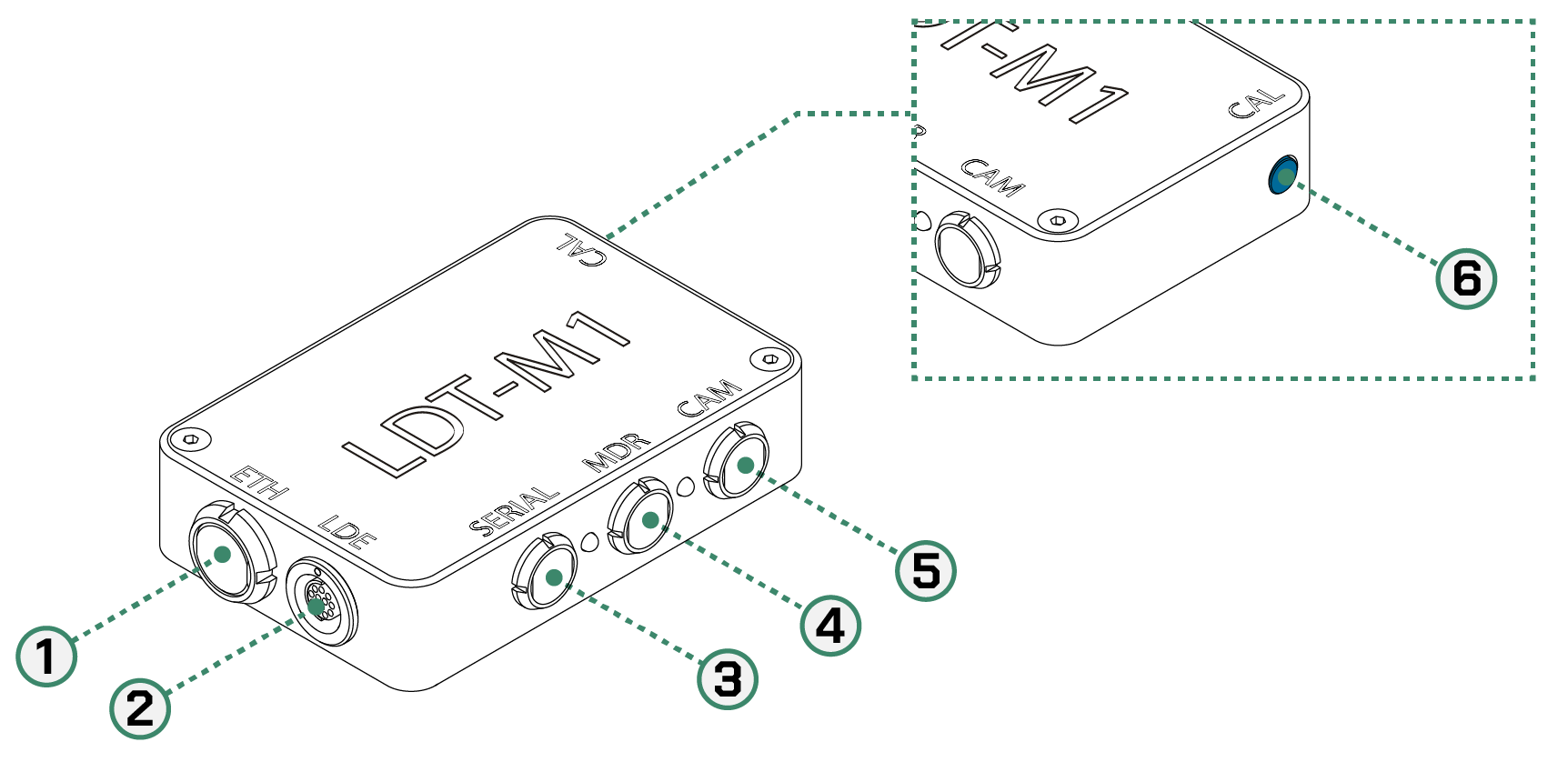
| 1 | ETH | 10-pin 1B Lemo | |
| 2 | LDE | 12-pin S103 Fischer | |
| 3 | SERIAL | 4-pin 0B Lemo | |
| 4 | MDR | 4-pin 0B Lemo | |
| 5 | CAM | 4-pin 0B Lemo | |
| 6 | CAL | Calibration Button |
¶ Physical Connections
| Name | Type | Description | Cable Codes |
|---|---|---|---|
| ETH | 10-pin 1B Lemo | Ethernet to RJ-45 computer connection | ETHA |
| LDE | 12-pin S103 Fischer | Lens data encoder connection port for LDT-E1 and Arri LDE-1 | LDE, LDE-1 embedded cable |
| SERIAL | 4-pin 0B Lemo | Serial passthrough connection port | CT |
| MDR | 4-pin 0B Lemo | Preston MDR Serial connection port | MDR, MDRP |
| CAM | 4-pin 0B Lemo | LBUS connection to camera | LBUS |
¶ Cable Types and Codes
All DCS cables are categorized using a code and a bend relief color for each of the cable types. Cables have two default lengths, 12 or 18 or 24 inches and the connector type can be straight (S), right angle (R), or anglissimo (O). Custom cables can be made upon request.
| Code | Bend Relief Color | Type Port Name |
Description |
|---|---|---|---|
| ETHA | Black | 10-Pin 1B Lemo to RJ-45 ETH |
ETHA cable connects the LDT-M1 to a computer for firmware updating. |
| LDE | Green | 12-pin S103 Fischer to 6-pin 0B Lemo LDE |
LDE connects the LDT-E1 to the LDT-M1. |
| CT | Orange | 4-pin 0B Lemo to 6-pin 1B Lemo SERIAL |
CT cable connects the Preston MDR 2 or 3 serial port with a CineTape. This cable connects to the LDT-M1 Serial connector if the Preston MDR serial ports are in use. |
| MDR | Blue | 4-pin 0B Lemo to 4-pin 0B Lemo MDR |
MDR cable connects the LDT-M1 to a Preston MDR 2 or 3 serial port. |
| MDRP | Blue | 4-pin 0B Lemo to 4-pin 0B Lemo MDR |
MDRP cable connects the LDT-M1 to a Preston MDR 2 or 3 serial port. Also provides power. |
| LBUS | RED | 4-pin 0B Lemo to 4-pin 0B Lemo CAM |
LBUS cable connects LDT-M1 to the LBUS port of the Alexa Mini / Mini LF camera. It injects the encoded data into the RAW file. |
¶ Setting up the Preston MDR
Setup the Focus / Iris / Zoom direction for natural use on the Preston. If you are using a separate iris or zoom handset then connect this now and ensure the direction of the preston motors are correct.
The Preston MDR3 must be running the latest firmware. Please update your MDR 3 first. In case of using MDR 2 or MDR 4 please contact DCS support for more information and supported firmware versions.
In order to correctly create lens maps, Preston F-Mapping must be disabled. This can be enabled for normal operation once the lens tables have been made but it is essential it’s disabled during setup.
¶ Setting up the Arri Alexa Mini
The Camera’s internal lens mount must be disabled in order to use the external LBUS connector.
-
Choose
MENU > Electronic Control System (ECS) >Lens data > Lens info > Settings -
Untick
Enable lens mount -
Change
Focus unittoImperial
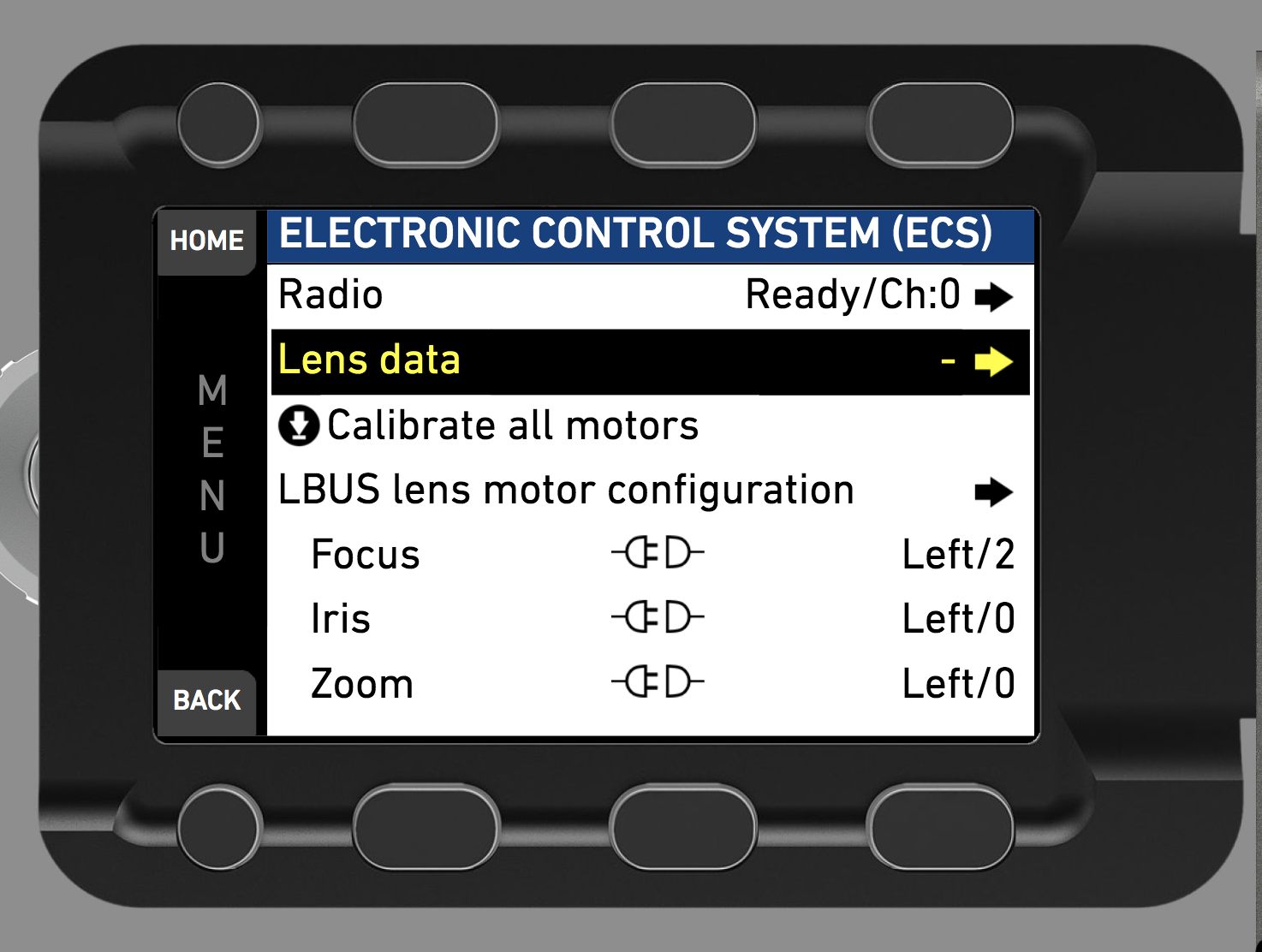
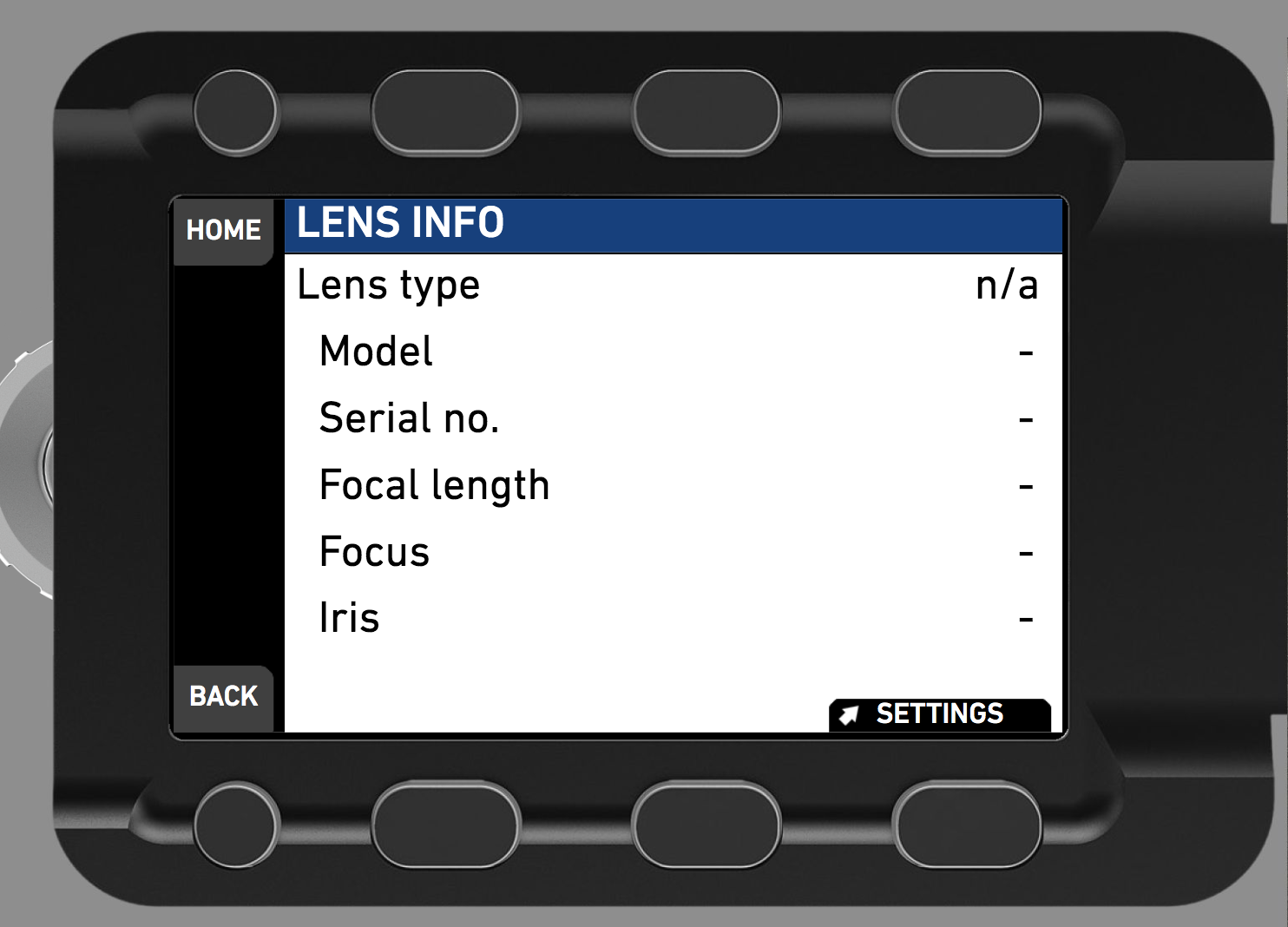
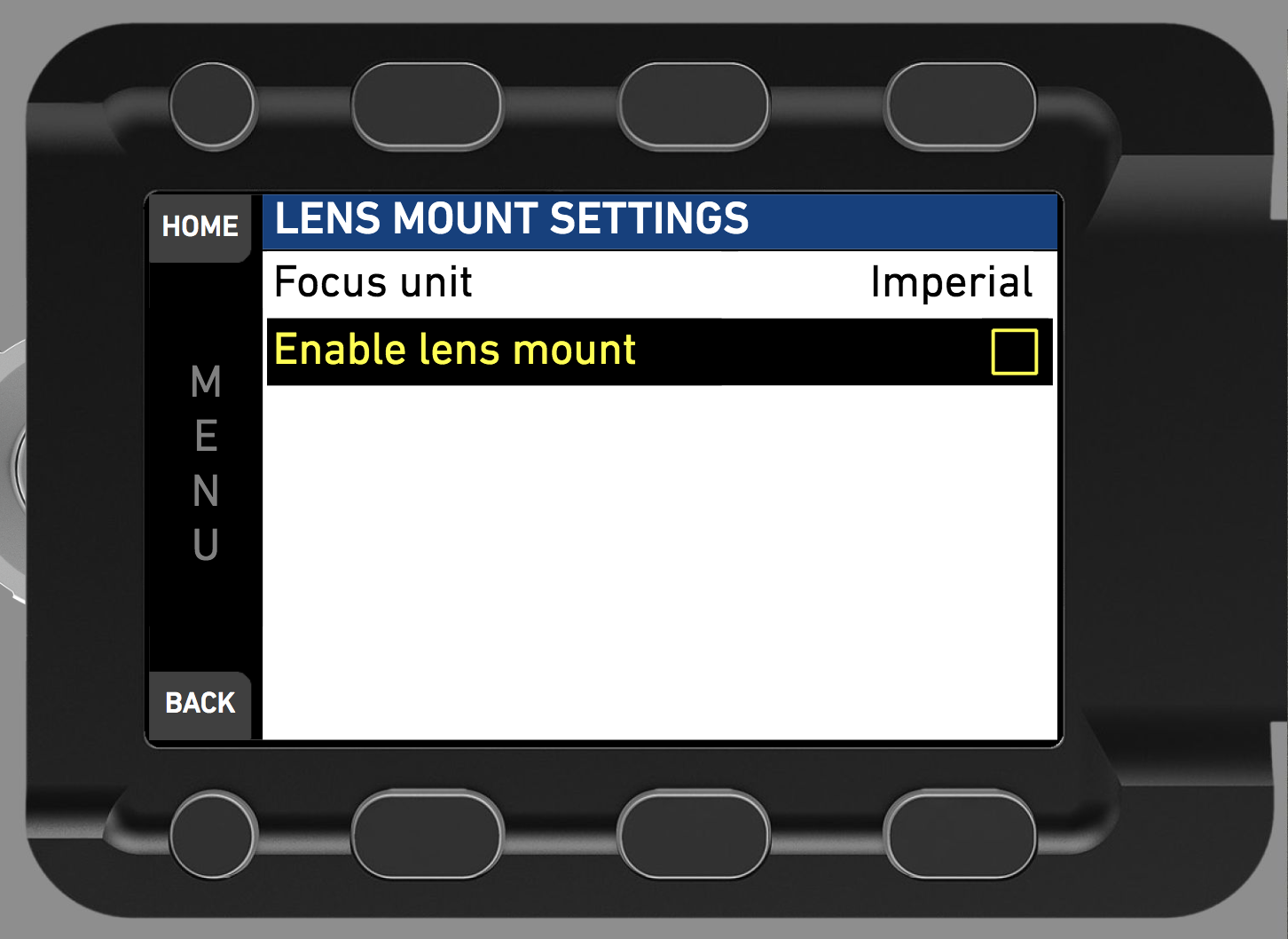
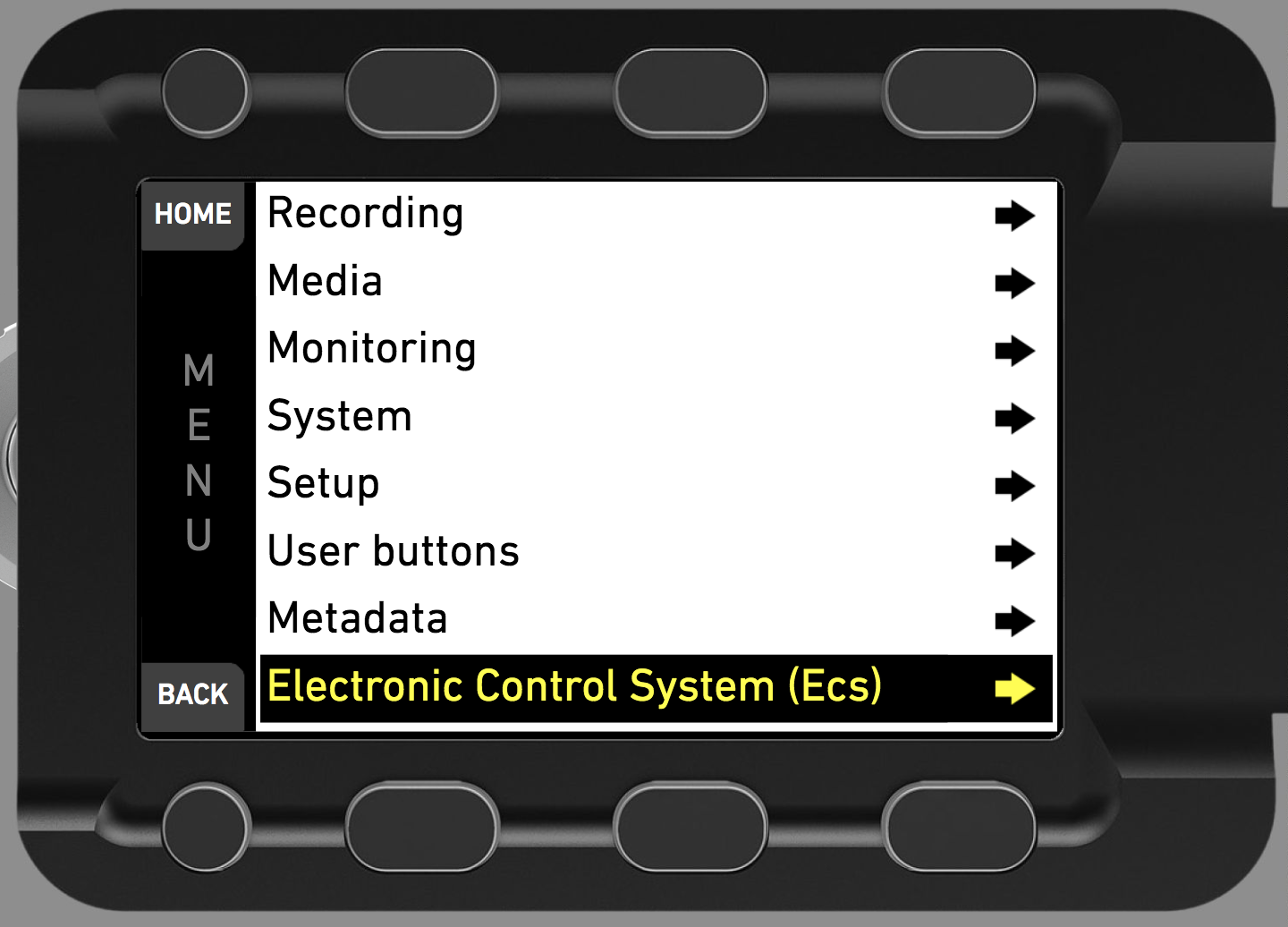
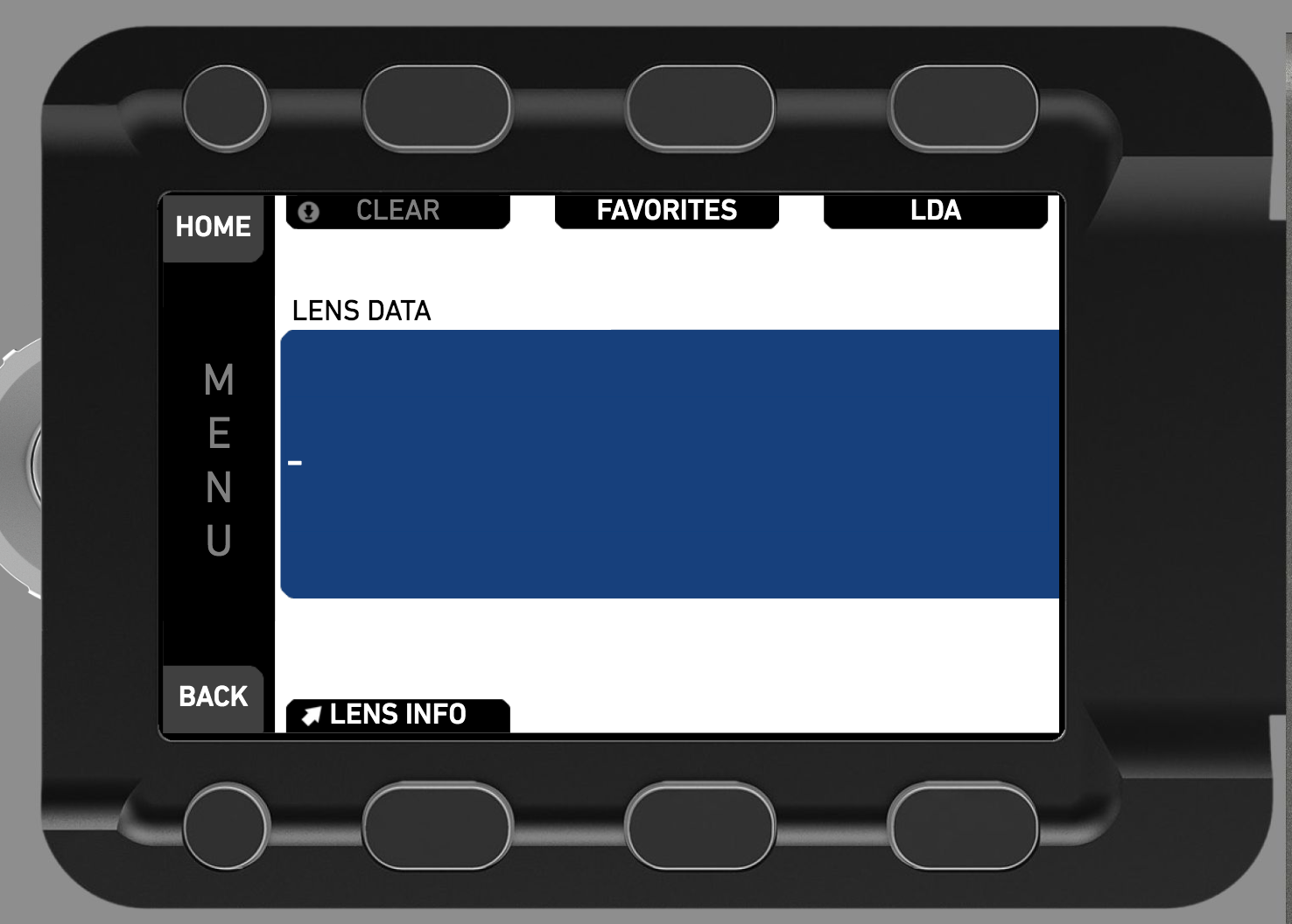
¶ Overlay Lens Data on a Monitor
In order to display lens data as an overlay on an SDI monitor, do the following:
- Choose
MENU > Monitoring > SDI > SDI processing > Overlays > Status components - Tick on Lens data.
¶ Rigging the camera
- Connect the LDT-M1 using the MDRP blue cable from the MDR port on the LDT-M1 to Serial 1 on the Preston MDR-3;
- Plug the LBUS Red cable from the CAM port on the LDT-M1 to the LBUS Port on the lens mount of the Alexa Mini;
- Turn off the Arri WCU-4 handset;
- Connect the Preston Hand unit to the MDR;
- Press the calibration button on the LDT-M1 for 2 seconds to calibrate the lens. Visually check all active axes are calibrating;
- This system requires that the MDR is ALWAYS calibrated from the LDT, not the button on the MDR itself;
- Make sure all the axes that are plugged into the MDR are active by operating the Preston Hand Unit;
- Ensure that the motors are all in the right direction for normal use by the Preston HU3.
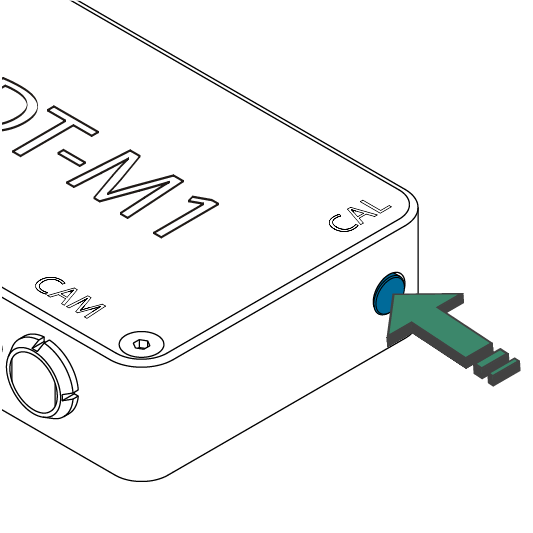
Please note: this system requires that the MDR is always calibrated from the LDT, not from the button on the MDR itself.
.png)
¶ Programming a New Lens Table
Creating a lens table is essential to the encoding process. It requires inputting the relevant lens information (lens name, brand, serial number etc.) and then inputting all of the marks from each axis (focus/iris/zoom) for each lens. The following guide explains this process.
¶ Creating a New Lens Table
Mapping a new lens table is crucial to ensuring that the data encoded throughout the production is precise.
When mapping a lens, a methodical process needs to be adopted. As standard practice, DCS suggests to enter a mark point on the WCU-4 for each engraved mark on the lens and let the LDS system interpolate the rest of the data.
Ensure that the lens calibration happens without any motor slip. When moving the lens axis with a remote handset, mark alignment should always be achieved from the same direction to avoid slack on the lens.
¶ Initial check
Establish which direction will be used on the Preston HU3 for the run of the show (close focus, infinity, wide open iris, close iris, wide zoom, tight zoom). DCS suggests keeping it consistent throughout the whole set of lenses.
Switch off the Preston HU3 and connect the WCU-4 to the Alexa Mini. Make sure you can move the Preston motors connected by operating the WCU-4.
Do not move Preston Motors or change direction while encoding the lenses unless required by rigging purpose.
Remember to insert an SD card into the slot of the WCU-4 before starting.
Always calibrate the lens from the LDT-M1 calibration button.
The directions of the Focus, Iris, and Zoom axis on the WCU-4 may have to be changed to match the direction of the Preston motors. In order to change the motor direction on the WCU-4 or on the Alexa Mini:
- Choose
MENU > Electronic Control System (ECS) > LBUS lens motor configuration - Set the configuration for the lens motor. You have the following options:
- Focus/Iris/Zoom motor direction - Available values are Left and Right,
- Focus/Iris/Zoom motor teeth count - Leave this setting to AUTO.
Do not change the direction of the Preston motors.
Please follow the ARRI WCU-4 User Manual in order to map lenses using the WCU-4.
¶ Adding a New Lens
Mount a new lens to the camera. On the LDT-M1 press the calibrate button. On the WCU-4
Choose MENU > LENS DATA > LENS PROGRAMMING > CREATE LENS FILE
Select the lens brand, it can either be selected from a list or added manually. Use the up and down buttons to select from the list, or select custom to enter a custom lens brand name. Press OK or the user button to confirm the selection.
To enter a custom brand lens use the zoom stick to select characters on the left hand side of the screen. In order to select a character press the user button. In order to delete a character press the delete button. When finished press the OK button to select the lens type.
To select a focal length use the up and down buttons or the zoom stick to navigate the list. In order to enter a custom focal length press custom. For a zoom lens select zoom and then press OK or user button to confirm.
To enter the lens serial number use the zoom stick to highlight a number and press the user button to select it. Press the delete button to delete the last number. Press the OK button once the serial number is complete.
Select the unit of measurement for focus, use the up and down buttons or the zoom stick to select metric or imperial and then press the OK or User button to confirm.
¶ Mapping a Lens Table
Once all the lens information is entered, select either ‘Focus’, ‘Iris’ or ‘‘Zoom’ (if a Zoom lens is being used) axis to start mapping the lens.
¶ Mapping the Focus Axis
Use the focus knob to move through the span of the axis, ensuring that it reaches each end of the lens. If not, check if there were any slips during calibration.
To programme the focus scale press the focus button.
To set the infinity mark for focus rotate the focus knob until the lens reaches infinity. Press the OK or user button to set the infinity point.
To set the close focus mark. Rotate the focus knob until the lens reaches closed focus. Use the up and down buttons or zoom stick until the close focus value appears on the screen. Press the OK or the user button to confirm. Now repeat the above steps in order to populate your lens table. Work through each engraved value on the lens to ensure maximum precision. Use the Down button to edit any data points.
Once all focus values have been entered press finish to save. Press OK to return to the Select Axis Screen.
¶ Mapping the Iris Axis
Use the iris slider to move through the span of the axis, ensuring that it reaches each end of the lens. If not, check if there were any slips during calibration.
Now move onto mapping the Iris by pressing the Iris button.
Set the iris to wide open. Use the up and down buttons or the zoom stick to select the open iris value. Press the OK or User button to confirm.
Now work through the rest of the Iris marks. Move the iris slider to the next engraved mark on the lens and press the OK or user button to confirm and repeat until all the desired marks are entered.
When finished press the OK button or the Finish button
¶ Mapping the Zoom Axis
If encoding a zoom lens press the Zoom button.
Use the zoom stick to move through the span of the axis, ensuring that it reaches each end of the lens. If not, check if there were any slips during calibration.
Use the iris slider to move the zoom axis. Set the zoom to its widest zoom mark then use the up and down buttons or the zoom stick to set the wide focal length on the handset. Press the OK or User button to confirm the focal length.
Move the zoom scale to the next focal length mark. On the handset use the up and down buttons or zoom stick to set the focal value length. Press the OK or User button to confirm the value. Repeat for the rest of the focal length points.
After entering all focal length points, press the OK button to return to the Select axis screen.
¶ Saving a Lens Table
Once completed press the OK button to return to the Select Axis Screen.
To save the lens table, first be sure to insert an SD card into the WCU-4, then press the Save button. The file will be saved on the folder/ARRI/ALEXA/LDA.
It is possible to change the name of the lens that will be displayed on the camera or motor controller before finally saving onto the SD card. This name will also be the name of the lens file. Press the Mode button and select insert, overwrite or delete a character. Press the Save button when happy with the name to save it to the SD card.
¶ Edit a Lens Table
An existing lens table can be edited with the WCU-4 hand unit and then stored back on an SD card. Load the lens file to edit onto an SD card in the (folder /ARRI/ALEXA/LDA) and insert the SD card into the SD card slot of the WCU-4.
Go to MENU > LENS DATA > LENS PROGRAMMING > EDIT LENS FILE
Use the UP and DOWN soft buttons or the zoom stick to scroll through the list of lens files on the SD card. Press the SELECT soft button or the User button to select a lens file.
On the following screen, use the FOCUS, IRIS or ZOOM soft button to select the lens scale to edit. If metric and imperial scales exist, select the scale unit first.
The following screen provides three different options (OFFSET, SLIDE, SNAP) for editing existing data points.
¶ Offset Function
Use the OFFSET soft button to correct a fixed offset between the complete lens scale and the corresponding scale on the WCU-4 screen:
Select a reference witness mark on the WCU-4 display (e.g. infinity).
While keeping the OFFSET soft button pressed, drive the lens scale to the corresponding witness mark.
Release the OFFSET soft button when lens scale and display scale match.
¶ Slide Function
Use the SLIDE soft button to correct an offset for a single data point:
Select the witness mark to edit on the WCU-4 display.
While keeping the SLIDE soft button pressed, drive the lens scale to the corresponding witness mark.
Release the SLIDE soft button when lens mark and display mark match.
¶ Snap Function
Use the SNAP soft button to correct a slight offset for a single data point. The snap function will move the nearest available data point on the WCU-4 screen to the currently set lens position:
Drive the lens scale to a witness mark.
Press the SNAP soft button. The nearest available data point on the WCU-4 screen will jump to the currently set position.
Press the RESET soft button to reset all editing actions.
Press the BACK soft button to apply all editing actions and return to the Select Axis screen.
Press the SAVE soft button to save the lens file to SD card folder /ARRI/ALEXA/LDA. You can edit the lens name before saving.
¶ Using a Lens Data Encoder
Usually camera operators like to have manual control of the zoom instead of controlling it by using a motor. A lens encoder can be used instead in order to avoid the friction of a motor, allowing the axis to spin freely whilst gathering valuable encoding data.
DCS have an own brand lens data encoder called LDT-E1, alternatively an Arri LDE-1 can be used. Both of these solutions are plug and play, there is no need to create a new or separate lens table when using either.
Note: On the LDT-M1 aLens Data Encoder can be used for the Zoom axis only. When using the LDT-E1, the physical button for selecting a bounding axis is disabled when connected to the LDT-M1.
Note: the direction of the motor might need to be reversed: please go to the Changing the Motor Direction chapter.
¶ Changing the Motors direction
If for rigging purpose a lens motor or lens encoder needs to be reversed:
Choose: Menu > ECS > LBUS Lens Motor Config and select Right or Left on one of the axes.
¶ Transfer a Lens Table
Users can select a lens file stored on the SD card in their WCU-4 and using just the hand unit wirelessly transmit the file to the ALEXA Mini, saving time and effort.
To transfer a lens file, insert the SD card with lens files on it into the SD card slot of the WCU-4:
- Go to
MENU > LENS DATA > LENS FILE TRANSFER - Select
LENS FILE TRANSFER
Use the UP, DOWN and SELECT soft buttons or zoom stick and User button to navigate through the folder structure on the SD card and select a lens file.
Press SEND to transmit the lens file wirelessly to the camera device. The transferred lens file is activated immediately.
Once the lens file has been transferred to the Alexa Mini, switch off the WCU-4 and turn on the Preston Hand Unit.
It is recommended to test the the lens tables after transfer. Select a lens table and then check if the lens lines up with the lens data on the ECS or by using the monitor overlay.
¶ Selecting a Lens Table
The lens tables are recalled through the GUI of the camera:
- Choose
MENU > Electronic Control System (ECS) > Lens data > Clear - Choose
MENU > Electronic Control System (ECS) > Lens data > LDA - Select the Lens Table corresponding to the mounted lens and click
Use, - Calibrate the lens using the calibration button on the LDT-M1.
¶ Shooting a Test
When shooting test footage, allow approximately one hour per camera type being used on the production. A test will involve recording the metadata (internally or injected) with a camera and recording a separate feed from the camera with an overlay to verify the data is correct at the final stage of the test. We recommend using a zoom lens (if any are being used during the shoot) in order to check all three axes.
To do a test:
- Encode a lens and test it (see Programming a New Lens Table),
- Shoot test footage in camera and record separate overlay feed at the same time,
- Extract the lens medatada from the ARRIRAW (see Appendix 3: Extracting data from ARRIRAW footage),
- Merge the extracted CSV files to the EXR,
- Compare the metadata of the EXR file to the overlay footage.